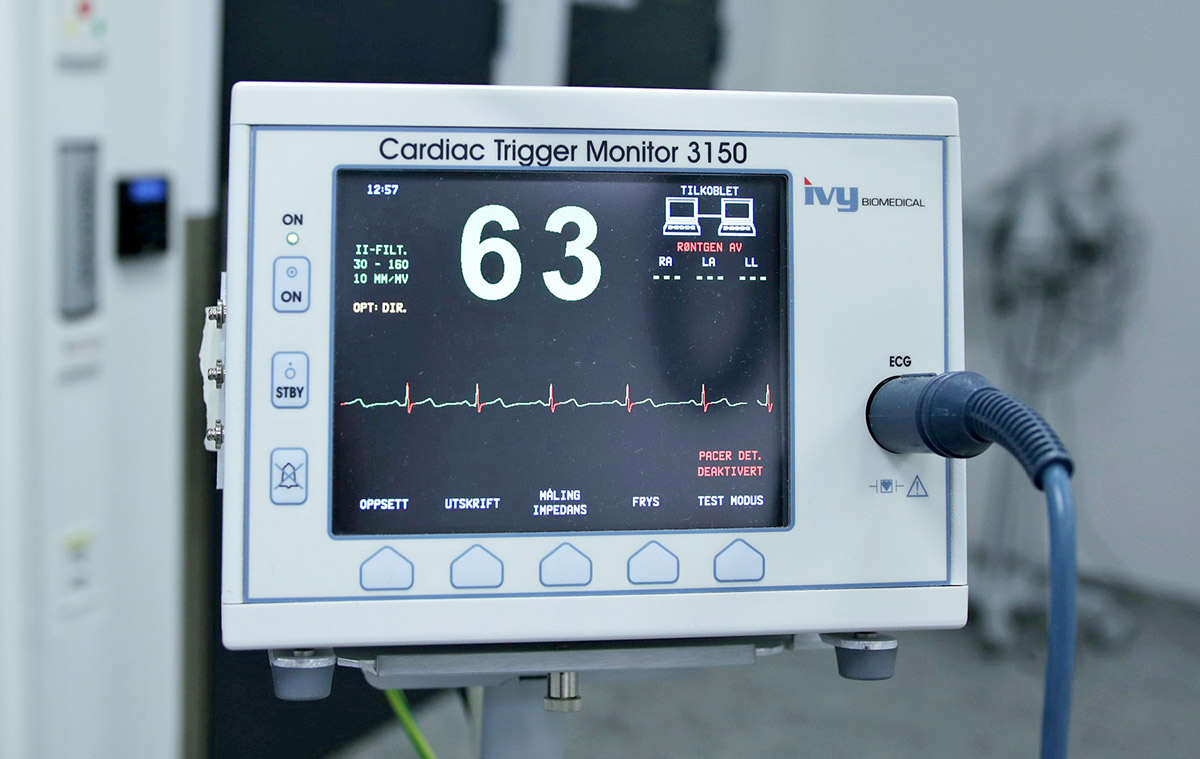We are medical device industry regulatory experts
The consultants at Medical Devices and Pharma have decades of aggregated experience working with a variety of medical devices. That includes expert knowledge of regulations from the U.S. Food and Drug Administration (FDA), Health Canada (HC), the European Union (EU) and other global regulatory bodies. We offer current information about new and novel medical devices, device safety alerts, industry news, and enforcement actions like FDA warning letters. Our regulatory specialists can expertly compile, prepare, and submit regulatory submissions for regulatory marketing authorization, like an FDA 510(k) premarket submission.
What is a medical device?
The definition of a medical device encompasses a wide range of complexity and purposes, from a walking cane to an artificial heart. It can be a physical apparatus or something like software or a chemical reagent.
Regardless of its form or composition, a product is defined as a medical device if it is used to diagnose a medical issue; alleviate, prevent or minimize the risk of a medical problem; or to provide medical treatment.
The differences between medical devices and pharmaceuticals.
Is your product a medical device?
Let us answer your questions about your medical device product, from device classification and requirements to establishment registration and device listings and requirements you need to follow in order to market the product in the U.S. Click here to contact us.
The FDA defines a medical device as:
An instrument, apparatus, implement, machine, contrivance, implant, in vitro reagent, or other similar or related article, including a component part or accessory which is:
- Recognized in the official National Formulary, or the United States Pharmacopoeia, or any supplement to them,
- Intended for use in the diagnosis of disease or other conditions, or in the cure, mitigation, treatment, or prevention of disease, in man or other animals, or
- Intended to affect the structure or any function of the body of man or other animals, and which does not achieve its primary intended purposes through chemical action within or on the body of man or other animals and
- Which does not achieve its primary intended purposes through chemical action within or on the body of man or other animals and which is not dependent upon being metabolized for the achievement of its primary intended purposes.
The term “device” does not include software functions excluded pursuant to section 520(o). Source: “Is the Product a Medical Device?“
Pre-amendment and post-amendment devices
Devices are also identified as pre-amendment or post-amendment based on when they received FDA market clearance. This makes a difference for how a manufacturer can put a device on the U.S. market.
Pre-amendment devices were on the market prior to the enactment of the Medical Device Amendments (MDA) of the Food, Drug and Cosmetic Act on May 28, 1976. They do not require a premarket approval (PMA) or premarket notification (510(k)) submission prior to market entry.
Post-amendment devices received marketing approval after the enactment of the MDA in 1976. Class III devices require the FDA approval of a PMA before the device can be sold on the market. Most class II and some class I devices require a 510(k) premarket notification submission to demonstrate that they are substantially equivalent to a medical device that is currently marketed in the U.S.
Medical Device Headlines
How Unsafe Medical Devices Can Slip Through the Cracks
Healthcare professionals and the device industry share responsibility for timely adverse event reportingGlobal device market withdrawals not always followed in US In a world of global trade and instant communication, you might assume that a medical device deemed...
Study Reveals Delays in Medical Device Adverse Event Reporting
Healthcare professionals and the device industry share responsibility for timely adverse event reportingLapses defeat the purpose of adverse event reporting A recent study published in the British Medical Journal has spotlighted a troubling trend: many medical device...
A QSR to QMSR Transition Strategy
QMSR Implementation Strategy for U.S. Medical Device Manufacturers Not in Compliance with ISO 14385:2016 Transitioning from the FDA’s Quality System Regulation (QSR; 21 CFR 820) to the Quality Management System Regulation (QMSR) is a significant undertaking that...
QSR-to-QMSR Paper Gap Audit
Is Your Quality System Really Ready for QMSR? As FDA’s transition from the QSR to the QMSR approaches, many medical device manufacturers are discovering that “substantially equivalent” doesn’t mean “completely aligned.” Even companies with solid QSR documentation are...
Postmarket Surveillance – from QSR to QMSR
How QSR Postmarket Surveillance Will Evolve Under the QMSR As medical device manufacturers transition from the FDA’s Quality System Regulation (QSR) to the new Quality Management System Regulation (QMSR), one area undergoing significant change is postmarket...
Medical Device Labeling
In the world of medical devices, proper labeling isn't just a regulatory requirement, it is a vital component of patient safety, product usability, and market access. Whether you're a manufacturer navigating FDA regulations, a distributor handling multilingual...
QMSR Clause 8 – Measurement Analysis and Improvement
ISO 13485 Clause 8 Transition Notes The QMSR eliminates FDA-specific structure in favor of ISO 13485:2016 clauses. All above ISO 13485 clauses are now explicit requirements under QMSR. New documentation and risk-based decision-making are emphasized throughout the...
QMSR Clause 7 – Product Realization
ISO 13485 Clause 7 - Product Realization Clause 7 of ISO 13485, titled Product Realization, outlines the structured approach medical device manufacturers must take to design, develop, produce, and deliver devices that meet customer needs and regulatory requirements....
QMSR Clause 6 – Resource Management
ISO 13485 Clause 6 - Resource Management Like other QSR-to-QMSR transition themes, there is a close alignment between 21 CFR 820.20(b), 820.25, and 820.70 ISO 13485 Clause 6 in their subjects of resources, personnel, training and documentation, awareness of work...
The Role of a Regulatory Professional
510(k) Submissions The New QSMR Regulatory Intelligence RIM Systems Regulatory Competencies Regulatory and Quality Role of Regulatory Professionals: Core Responsibilities Regulatory professionals play a critical role in ensuring that medical devices and pharmaceutical...


